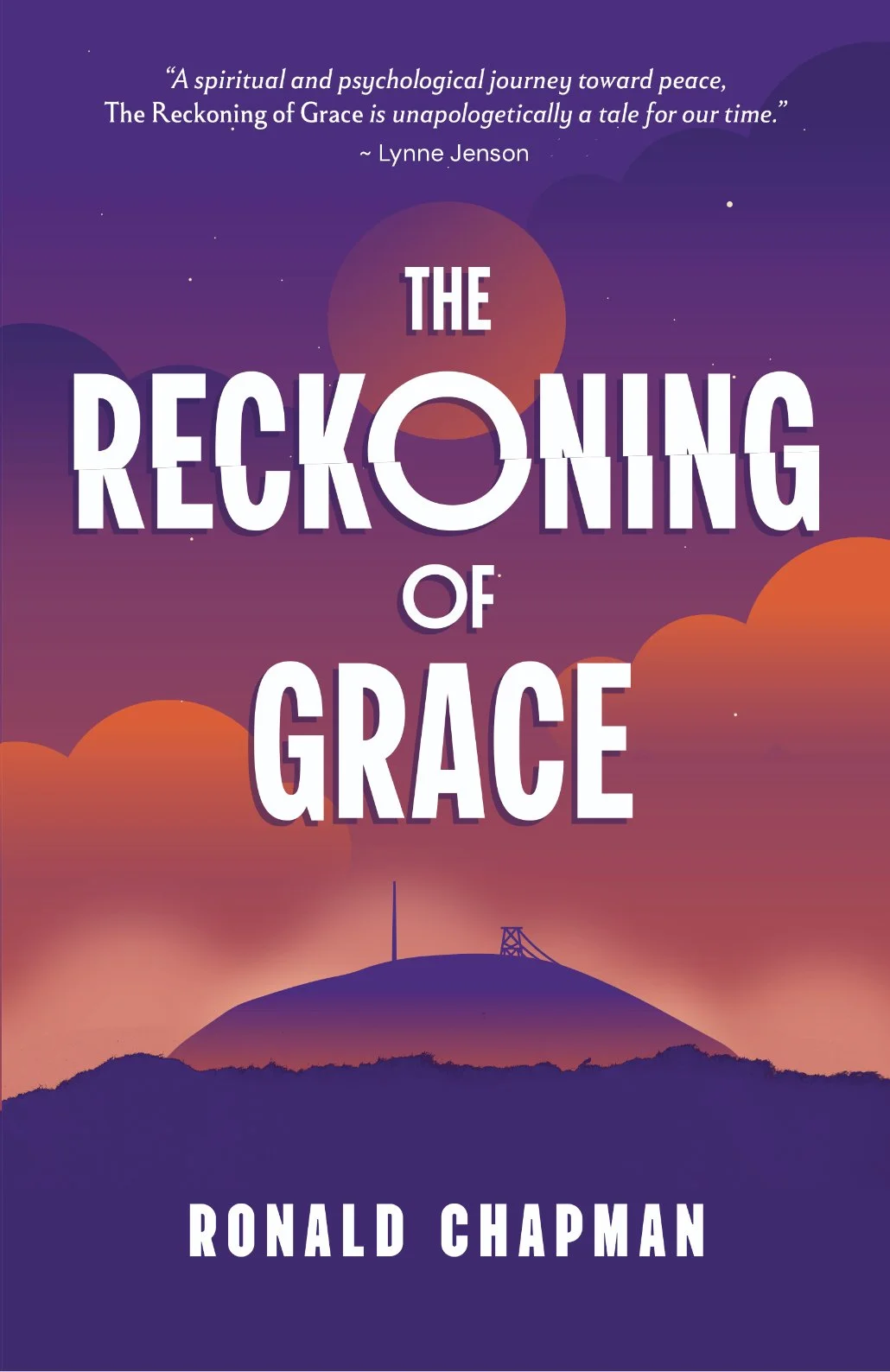What Happens When We Accept the Seemingly Unacceptable?
/The Threshold to Love
In a small city in the South, a city that shall remain unnamed, there was a young woman. Carolyn was tall and slim with short brown hair and lovely blue eyes. When Carolyn smiled and laughed, you would be immediately aware of a warm and gentle personality. While it would not have been especially obvious, you might have experienced a vague sense that something was not quite fitting.
A few years ago, Carolyn found Alcoholics Anonymous and sobriety. While that certainly settled some of the uneasiness, something more was discovered. The process of self-examination and engagement revealed that Carolyn had never felt like a girl, or a woman. It was a murky matter. And a painstaking process of exploration. In the end, the only solution was transition.
Now, let me introduce you to Edward.
There are a number of interesting elements to Edward’s tale, and no shortage of questions. How do you release an old identity? How do you embrace a new one? What about all the relationships in one's life? How do you forgive yourself and your circumstances for all the inner conflicts that are revealed and in need of resolution? And how in the world do you learn a whole new set of culturally-acceptable orientations? More challenging still, how do you hold onto that which has been sacred to you?
While we could explore any of these at length, one area in particular stands out.
Shortly after the transition from female to male was underway, a small group of men invited Edward to join their study group that focused on recovery from alcoholism. It was a calculated decision by the men. They loved Carolyn, and there was no reason that should change now that he was Edward.
Their decision was a remarkable measure of open-mindedness and compassion as well as a beautiful demonstration of love transcending. In an unusual way, it was likewise a kind of forgiveness in that they were willing and able to release any number of biases as well as lots of shared history.
Today Edward will tell you how important their acceptance was to him, and to his own reconciliation with himself. While some things we must do for ourselves, we need not do them alone.
Seeing True™
It is said that the first step in moving from disapproval, dislike, condemnation or outright hatred is not an immediate move to love and loving. That is quite unlikely. Rather, it is first to learn to tolerate. With time and effort in facing ourselves, it becomes possible to learn patience. With still more effort in dealing with our own inner state, acceptance will emerge. Acceptance is the threshold to love. Once it is attained, loving becomes the inevitable result.
This process is actually the forgiveness process. Forgiving circumstances. Forgiving life. Forgiving others. Forgiving ourselves. The result is radical acceptance, also known as love.
And to be explicit, this acceptance that leads to love is not just applicable to the situation with Edward. It is true for all life circumstances especially when the processes of growth and development result in changes to who and how we are.
Seeing True™ in Action
Carl Jung observed, “One does not become enlightened by imagining figures of light, but by making the darkness conscious.”
The path to loving begins with identifying the disapproval, dislike, condemnation or hatred we carry for others.
If you are willing, write a list of every person who provokes such feelings in you. Don’t hold back. Don’t justify or rationalize. Don’t try to remedy it. While you’re at it, don’t judge yourself, your feelings or your attitudes. Just tell the truth.
By acknowledging the darkness, the light must necessarily follow. By naming our intolerance, love becomes possible.
Updated April, 2025














